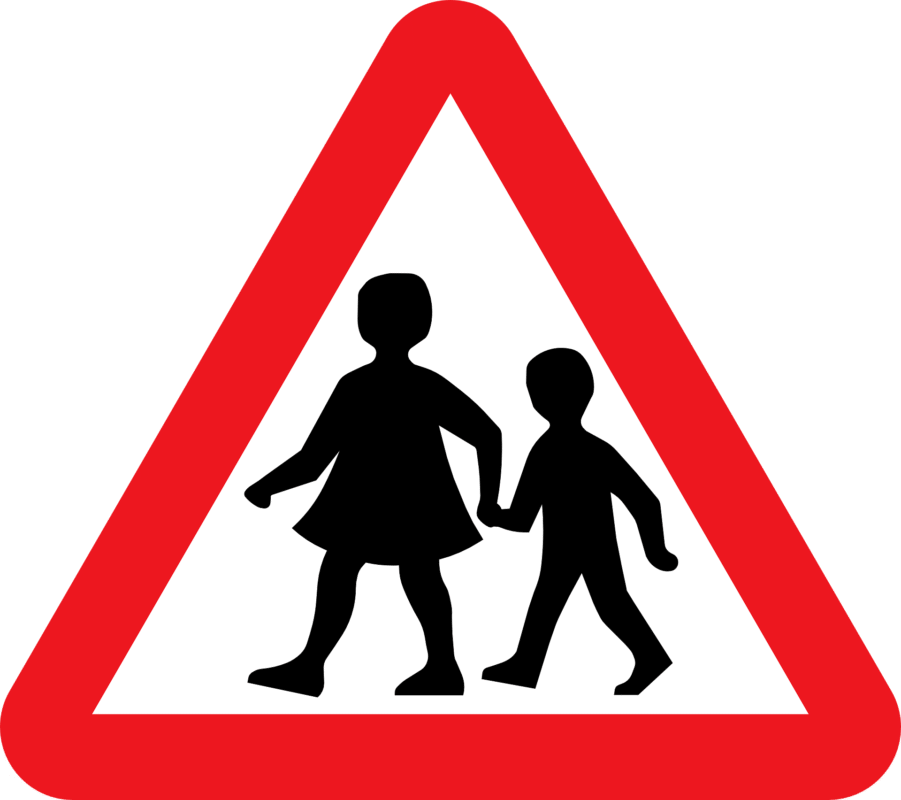In the realm of road safety and regulatory compliance, the colors of a sign play an essential role in conveying messages quickly, effectively, and universally. These colors are not randomly selected; they are strategically chosen based on psychological impact, visibility, and standardization under international and national guidelines. As professionals dedicated to delivering accurate, high-impact information, we will delve deep into the colors of a sign, what they mean, and why understanding them is crucial for both everyday life and professional environments.
Why the Colors of a Sign Matter
Colors of a sign are more than visual appeal — they serve as immediate cues to guide behavior. Whether you’re navigating a construction site, interpreting road rules, or responding in an emergency situation, recognizing the correct color instantly can mean the difference between safety and danger. Each hue carries a specific directive or warning, and misinterpreting them can lead to confusion or legal consequences.
Standardized Colors and Their Meanings
Below is a comprehensive breakdown of common colors of a sign, aligned with international standards such as the Manual on Uniform Traffic Control Devices (MUTCD) and ISO signage regulations.
Red – Prohibition and Immediate Danger
Red is used for signs that convey prohibitory actions, stopping, or emergency situations. Examples include:
- Stop signs
- Do not enter signs
- Wrong way indicators
- Fire equipment locations
The color red commands attention and is universally recognized as a signal to stop or take caution due to immediate danger.
Yellow – General Warnings
Yellow signals caution and is typically used for general warning signs that alert drivers and pedestrians to potential hazards or changes in road conditions ahead. Common examples include:
- Sharp curve ahead
- Pedestrian crossings
- Slippery when wet
- School zones
Yellow ensures high visibility and alerts viewers to stay aware of possible dangers without requiring an immediate stop.
Green – Guidance and Direction
Green is used for directional guidance and information. These signs typically offer:
- Exit signs
- Distance markers
- Highway guidance
- Permissible turning lanes
Green signals that actions are allowed or safe, providing clarity in navigation.
Blue – Services and Information
Blue signs provide information on services, facilities, or emergency evacuation routes. These include:
- Hospital or medical services
- Rest area notifications
- Gas station indicators
- Evacuation route signs
In many countries, colors of a sign such as blue also represent mandatory instructions in industrial safety signs (e.g., “wear safety goggles”).
Orange – Construction and Temporary Warnings
Orange is reserved for temporary traffic control and construction zones. These signs alert drivers to changing road conditions, worker presence, or detours, and include:
- Road work ahead
- Lane closed
- Flagger ahead
This high-visibility color ensures driver attention and promotes work zone safety.
White – Regulatory Information
White signs are typically regulatory, presenting rules and laws that must be obeyed. Examples:
- Speed limits
- No parking zones
- Turn restrictions
These signs often use black text on a white background to maximize contrast and readability.
Brown – Recreational and Cultural Interest
Brown is used for guiding travelers to parks, historic sites, campgrounds, and other cultural interest areas. Examples:
- National park entrances
- Scenic byways
- Monuments
This color suggests relaxation and discovery, helping people locate areas of interest.
Fluorescent Yellow-Green – School and Pedestrian Safety

This bright, highly reflective color is used to increase visibility in areas with high pedestrian activity, particularly:
- School zones
- Bicycle crossings
- Pedestrian pathways
The distinctive tone helps distinguish these signs from regular warnings.
Fluorescent Pink – Emergency Management
Rare but essential, fluorescent pink is designated for temporary emergency management signs, such as:
- Hurricane evacuation routes
- Chemical spill warnings
- Police activity notifications
These signs are crucial during unforeseen events and are used to manage traffic and inform the public quickly.
The Psychological Impact of Sign Colors
Each color is chosen not only for visibility but also for its psychological influence on human behavior:
- Red triggers alertness and urgency.
- Yellow draws attention without panic.
- Green offers reassurance and direction.
- Blue promotes calm and structured action.
- Orange indicates change and requires readiness.
- White provides clarity and order.
- Brown evokes curiosity and leisure.
- Fluorescent colors enhance visibility in critical conditions.
Understanding these dynamics is vital for creating environments where safety and clarity are paramount.
Colors of a Sign in the Workplace and Industry
Beyond roads and public areas, colors of a sign are crucial in industrial and workplace settings. For example:
- Red for fire extinguishers or danger zones
- Yellow and black stripes for caution zones
- Green for safety equipment (first aid kits, emergency exits)
- Blue for mandatory safety instructions
The consistent use of standardized colors ensures universal understanding, reducing accidents and improving response times.
Misinterpretation Can Be Costly
Not understanding the colors of a sign can lead to severe consequences:
- Traffic violations and fines
- Increased accident risk
- Delayed emergency responses
- Misuse of facilities or routes
Whether you’re a driver, pedestrian, or worker, staying informed can protect you and others from harm.
How to Educate Teams and the Public
Organizations and public agencies should ensure continuous education about colors of a sign through:
- Training sessions and workshops
- Interactive signage manuals
- Safety audits and refreshers
- Visual guides and posters
Keeping this knowledge fresh can save lives and improve operational efficiency.
Conclusion: Recognizing the Power of Colors of a Sign
In conclusion, the colors of a sign are a universal language — one that transcends borders and professions. They are an essential element of modern infrastructure, safety systems, and regulatory frameworks. Mastering the meaning and purpose behind each color enhances safety, boosts awareness, and supports efficient communication across all sectors.
By integrating this understanding into daily practice, we ensure a more secure and orderly environment for everyone.



